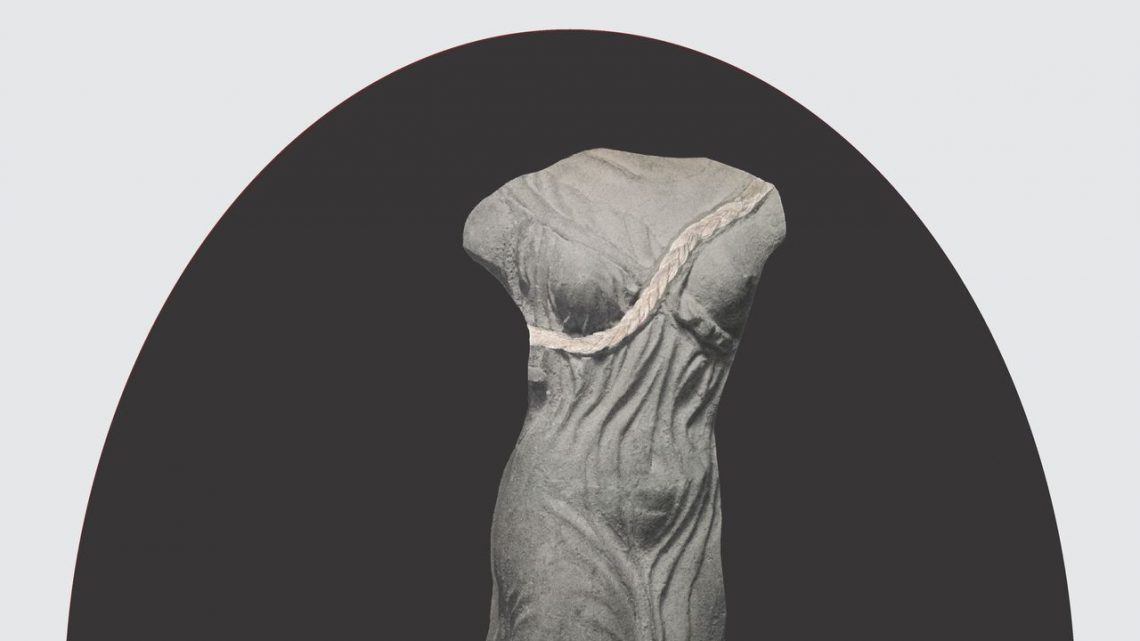
‘Costume Art’ Is the First Exhibition In The Costume Institute’s New Permanent Galleries At The Met
Fashion is coming out of the basement at the Metropolitan Museum of Art. Announced today, Costume Art, the spring 2026 exhibition at the Costume Institute, will mark the inauguration of the nearly 12,000-square-foot Condé M Nast Galleries, adjacent to The Met’s Great Hall. “It’s a huge moment for the Costume Institute,” says curator in charge Andrew Bolton. “It will be transformative for our department, but I also think it’s going to be transformative to fashion more generally – the fact that an art museum like The Met is actually giving a central location to fashion.”
To mark the momentous occasion, Bolton has conceived an exhibition that addresses “the centrality of the dressed body in the museum’s vast collection,” by pairing paintings, sculptures and other objects spanning the 5,000 years of art represented in The Met, alongside historical and contemporary garments from the Costume Institute.
“What connects every curatorial department and what connects every single gallery in the museum is fashion, or the dressed body,” Bolton says. “It’s the common thread throughout the whole museum, which is really what the initial idea for the exhibition was, this epiphany: I know that we’ve often been seen as the stepchild, but, in fact, the dressed body is front and centre in every gallery you come across. Even the nude is never naked,” he continues. “It’s always inscribed with cultural values and ideas.”
The art and fashion divide stubbornly persists despite Costume Institute exhibitions like “Heavenly Bodies: Fashion and the Catholic Imagination”, which was the most-visited exhibition in The Met’s history with 1.66 million visitors. Bolton figures that the hierarchy endures precisely because of clothing’s connection to the body. “Fashion’s acceptance as an art form has really occurred on art’s terms,” he explains. “It’s premised on the negation, on the renunciation, of the body, and on the [fact that] aesthetics are about disembodied and disinterested contemplation.”
Traditionally, Bolton admits, Costume Institute shows have emphasised clothing’s visual appeal, with the mannequins disappearing behind or underneath garments. His bold idea for Costume Art is to insist on the significance of the body, or “the indivisible connection between our bodies and the clothes we wear.” Fashion, he insists, actually “has an edge on art because it is about one’s lived, embodied experience.”
He’s organised the exhibition around a series of thematic body types loosely divided into three categories. These include bodies omnipresent in art, like the classical body and the nude body; other kinds of bodies that are more often overlooked, like aging bodies and pregnant bodies; and still more that are universal, like the anatomical body. Bolton’s is a much more expansive view of the corporeal than the fashion industry itself often promotes, with its rail-thin models and narrow size ranges. “The idea was to put the body back into discussions about art and fashion, and to embrace the body, not to take it away as a way of elevating fashion to an art form,” he explains.
Indeed, the exhibition has been designed, by Miriam Peterson and Nathan Rich of the Brooklyn firm Peterson Rich Office, to privilege fashion. In the high ceiling room of the Condé M Nast Galleries (there is also a low ceilinged room), clothing will be displayed on mannequins perched on 6-foot pedestals, onto which the artwork will be embedded. “When you walk in, your eye immediately goes up, you look at the fashions first,” Bolton says.












